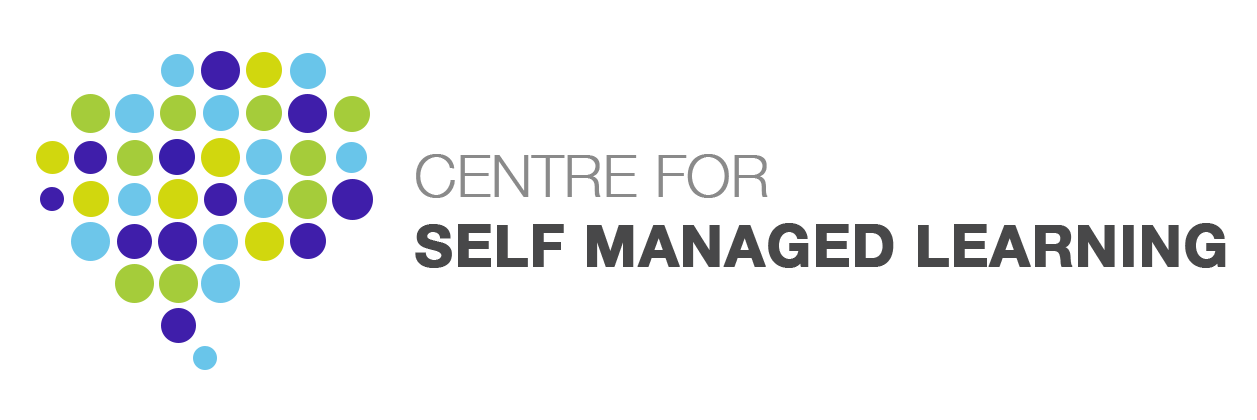06 Sep Self Managed Learning at Arun
We are a District Council (covering Arundel, Bognor Regis, Littlehampton and the River Arun, with 14 miles of Sussex coast) and employ around 500 permanent staff and lots of seasonal and casual staff. This article looks at why and how we have embraced SML with vigour, considers some of the things we have learned along the way and takes a peek at what we might be doing next.
[member]
Why SML?
Graham’s comments regarding Kanter’s hippie roots (in the last Newsletter) did not surprise me as surely the principles and values that she preaches to organisations, – i.e. “putting power into partnership” – might be those of a commune. Sadly, I have to admit that I know a lot about working organisations but have no personal experience of a hippie commune; only how I imagine it would be.
It could be argued, however, that through SML at Arun, we are encouraging this opening up of our ways of working to involve the Arun ‘community’ in decisions about what is to be done. Two significant parts of this ‘community’ (or ‘stakeholders’), are firstly the people who live and work in our district and, secondly, the people who work directly for the council.
Working with and involving the people who live in the area (with a longer-term, perhaps idealistic view of creating a “Self Managed Arun”?) is a fundamental challenge to the traditional process, – that is the formal democratic arrangement of electing 56 Councillors every four years and empowering them to make all decisions, without reference, on behalf of the 120,000 citizens of the district. Whilst we do not have an SML programme in place in the community, we are increasing the opportunities for involvement with the development of polls, community forum and increased accessibility to meetings and information.
It is interesting to note, however, that both systems seem to invite apathy. Less than 40% vote and our attempts to involve the community at the stage seem to have mainly encouraged the more vigorous activity of pressure groups.
Local government is boring until the by-pass is planned to run through your back garden or the new hostel for single parents is to be located next door!
Traditionally, the main concern of our second group of stakeholders, the Arun staff, is with their job, and is mostly influenced by their commitment to deliver the service (whether it be swimming lessons at the pool or collecting local taxes) and in the hierarchy management style of their bit of the organisation.
Our purpose in introducing SML is to encourage individual members of staff to think more for themselves, develop their own strategies and challenge some of the traditions within the organisation.
How did we do it?
I have used a diary of events to indicate the links between the changing culture of the organisation and the stages in introducing SML starting in 1991:
- I personally discovered and embraced SML through undertaking an MBA
- Started to identify other potential allies for SML at Arun
- Introduced Personal Appraisal and Learning Scheme for all staff to encourage Personal Action Plans (strategic learning contracts)
- Training Officer appointed on the SML wavelength with a personal strategy of developing his knowledge and skills
- With an emphasis on SML approach, we developed an in-house programme linked to Personal Action Plans
- Set up the opportunity for any employee to join a “learning set” – this was mostly successful with individual stories of “changing my life” and only one failed set
- New Chief Executive joined with focus on developing culture of involvement, participation and strengthening commitment to employees
- Frustration within the organisation that personal development is not taken seriously by many “senior” managers
- New ‘Four year Strategy’ put together which included review tasks to look at how we shape up for our future to be undertaken during 1996-97, – e.g. culture, structure, the role of elected members, role of managers
- Some managers feel threatened by this
- Decided to combine (? maybe corrupt) framework of SML for managers with review task by having 50 senior managers in 10 sets with personal learning contracts and a review task on their agenda for the next 12-16 months
- Ian and Ben run a workshop for us, and they, plus a ‘real, live manager SML convert’ from Allied Domeq, convince most of the 50 of the business value of the SML approach
- Ian and Ben run set adviser development workshops for 12 of us
- Sets up and running since January 1996
Thoughts and learning so far
- Chief Executive commitment has been essential – it seems to have come from “gut feeling” that SML will work, rather than from a deep understanding
- I’m still learning about SML and will always be doing so
- It’s difficult to explain it, but most people related best to the plain speaking of a “user” – the ‘How it was for me’! Especially powerful is the personal story.
- If my organisation had the money, I’d use experienced set advisers. I do worry that in-house individual set advisers can develop their own agendas and may have more difficulty that a professional in influencing learning
- Some of our sets balance the review task and their personal learning contracts extremely well – probably a lot to do with the skill of the set adviser. However, some appear to lose sight of the need to be disciplined about the strategic learning contract and some individuals are not convinced that it’s for them
- Sets in-house have broken down departmental barriers and helped focus on the whole organisation. (This is especially difficult when your organisation does so many very different things.)
- The check-in and check-out process is significant to developing learning
- Creating a decision making forum of 50 people has been a lot more productive than people would ever believe! We threw out the hierarchy and the “people in power”, i.e. Directors, and the 50 participants decided on their own set membership (out of a hat!) and the task topics and their allocation
- I may be speaking too soon, but so far doing it is a lot easier than getting people to start the process!! However, time will tell as to whether an improved introduction of SML blights the approach.
What next?
In practical terms, we are focused on the 10 sets embracing personal learning contracts for 50 individuals and discussing and producing research papers on their review tasks.
Looking to a more idealistic future, I would like to see the SML approach assisting in developing:
- all our staff
- Councillors
- an open and involved community government
This article is a dip into what we’ve done and the opinions are mine. If anyone wants to contact me for more, please do so.
Marcia Fellows
[/member]

